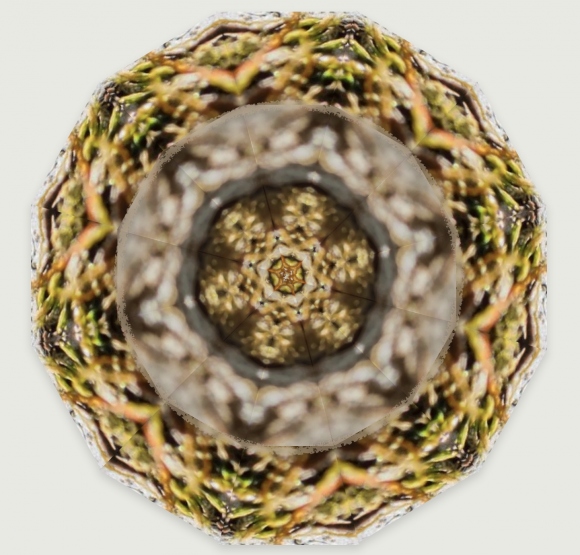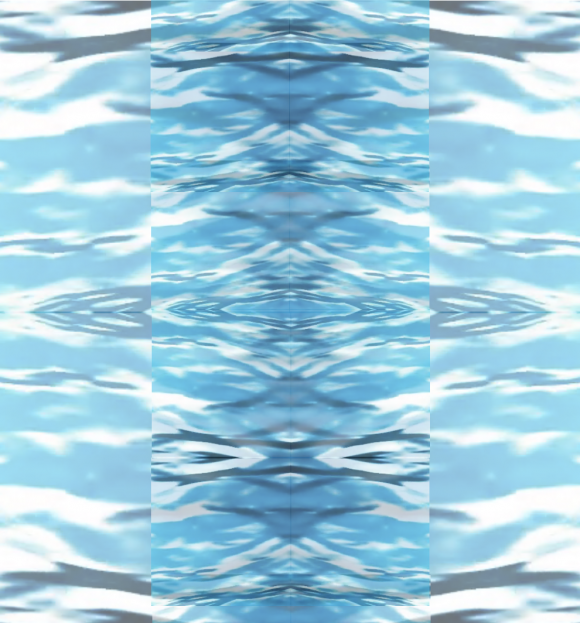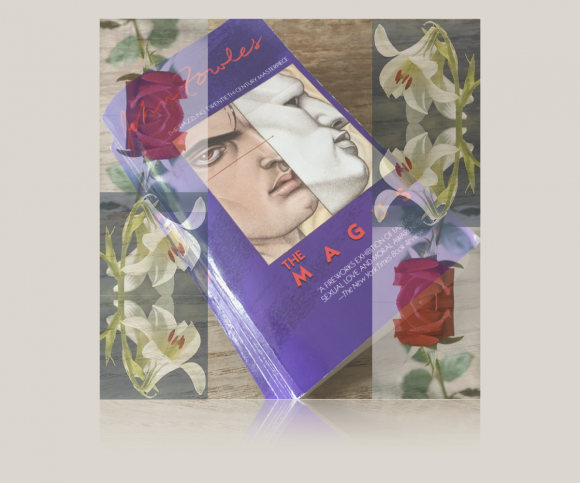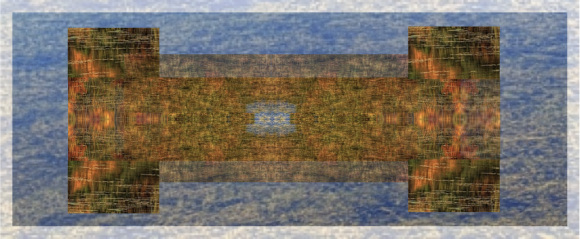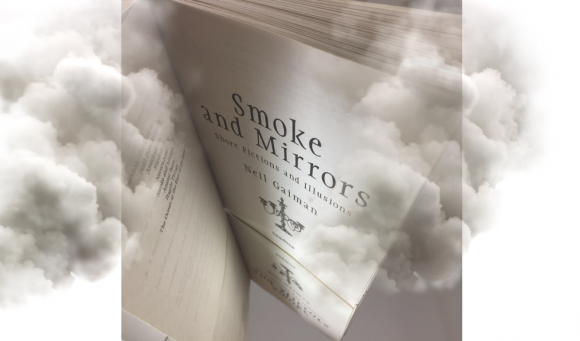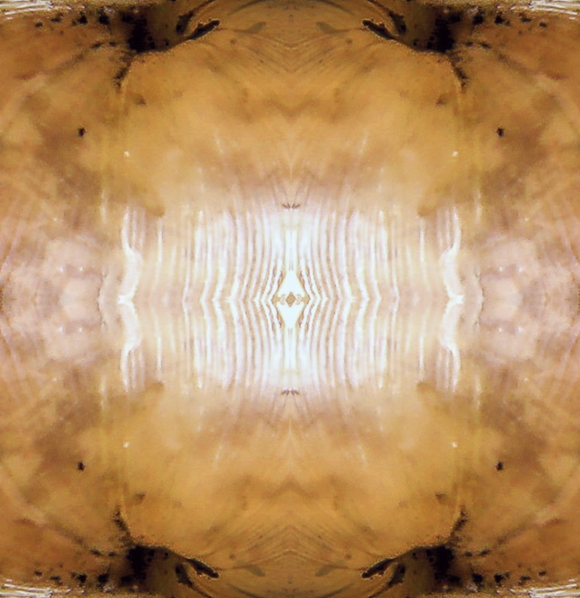
In the case of Spirit, Jung does not talk about an individual’s process of integrating archetypal contents as psychological functions: he claims that such a process happened as an overarching development in the history of the human species. That, of course, is a variation on an origin myth: a phantasy, projected backwards into history.
